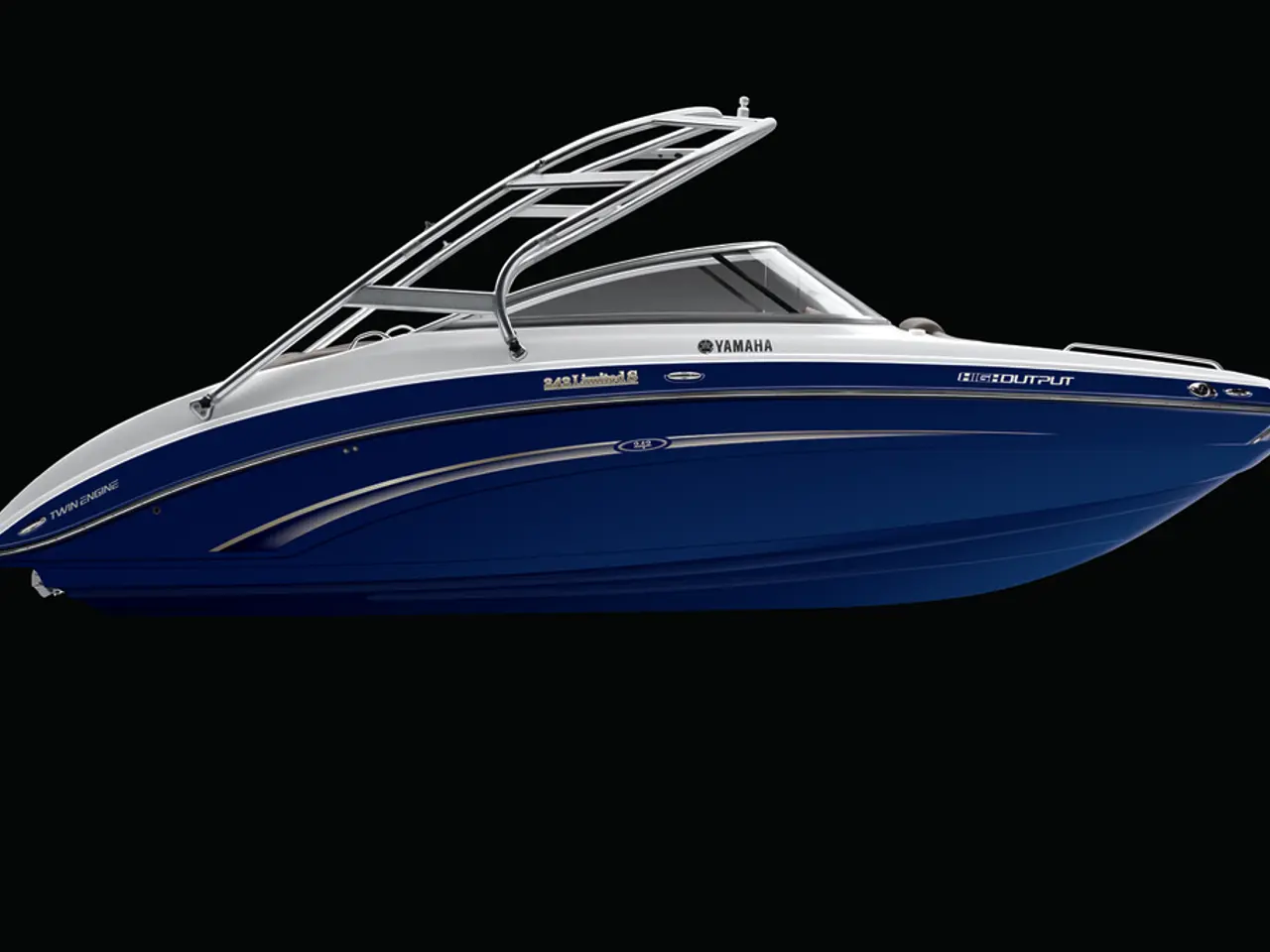Improving Your Depth Sounder Performance: A Guide to Maximizing its Capabilities
Navigating the open waters safely requires precise knowledge of the depth of water under your boat. This is where depth sounders come in, essential tools for boaters that provide real-time information about the underwater terrain.
Setting up your depth sounder
To ensure accurate readings, correctly installing and calibrating your depth sounder is crucial.
- Mount the transducer securely below the waterline on the hull or on a part of the boat like a ladder, ensuring it has an unobstructed view beneath the boat where sonar pulses are emitted and received.
- Route the transducer cable to the depth sounder display unit inside the boat, carefully avoiding damage and interference.
- Mount the depth sounder display in a visible spot, typically on the instrument panel, securing it properly and connecting it to a power source.
- Input setup parameters such as forward range, minimum depth, and depth warning thresholds based on your boating speed and typical water depths. Some modern units allow vertical alignment adjustment of the transducer for optimal readings.
- Calibrate the depth sounder every season because changing water temperature, salinity, sediment, and other factors cause reading drift. Without calibration, the depth readings can become increasingly inaccurate over time, potentially giving false clearance that risks grounding or collision.
Using your depth sounder
After setup and calibration, your depth sounder will use sonar pulses to measure water depth beneath the boat, alerting you to safe, caution, or dangerous zones, often color-coded on the display (green/yellow/red). Some units have automatic depth range adjustment and interference filters to maintain clarity in different water conditions.
Regularly monitor the display while boating to avoid shallow areas and underwater hazards, adjusting warnings as necessary to your cruising conditions.
Tips and recommendations
- Approaching a darker shade of blue on a depth display requires increased focus on the depth. The Navionics plotter can be set to read progressively darker blue as it shallows from the 5m contour. Contours on a plotter can be set to change from white (deep water) to pale blue at either the 2m or 5m contour, depending on sea bed type.
- The depth alarm can be set to any depth, but it is commonly set to 2m below the keel. This alarm can be useful when navigating in areas with obstructed views, providing an early warning when drifting out of the channel.
- It is recommended to double-check the depth set-up before setting off on a boat trip. A weighted line with knots at 1m intervals can be used to confirm the depth set-up.
- Physical charts may be easier to use for understanding the composition of the sea bed compared to digital charts. However, it is important to know how digital charts display rocks and shallows, as they may not follow the Admiralty standard settings.
- Jon Mendez discusses the importance of knowing the depth of water under a boat for safe boating.
- The depth alarm can be used for navigation, such as when anchoring with 2m below the keel. The safe limit for how shallow a boat can go is typically 2m below the boat's lowest point.
- Most modern depth gauges have settings for depth under the keel. Imray electronic and printed charts use a reversed color scheme, with blue representing deep water and white below 5m.
By following installation guidelines, performing seasonal calibrations, and using sonar feedback carefully, a depth sounder becomes an essential safety tool during navigation to prevent groundings and protect the vessel.
- For optimal readings, consider mounting your flybridge-equipped yacht's depth sounder transducer securely below the waterline on the marine hull or on a part like a ladder, ensuring an unobstructed view for accurate sonar pulses.
- As you set up your yacht's depth sounder, it's important to calibrate the gadget at the start of each boating season, adjusting parameters like forward range, minimum depth, and depth warning thresholds based on your yacht's speed and typical water depths.
- While boating, make use of the data-and-cloud-computing capabilities of your depth sounder technology, monitoring the display to avoid shallow areas and underwater hazards and setting alarms to warn you when approaching the safe limit for your vessel, typically 2m below the boat's lowest point.




